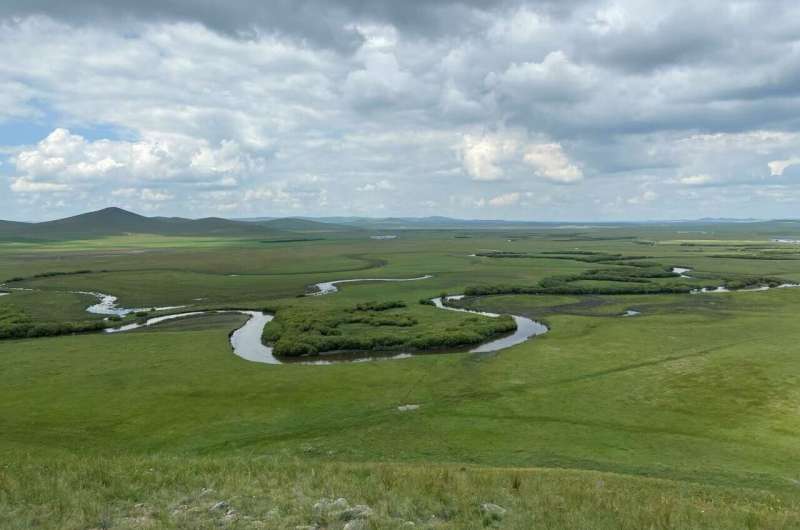
Science is a remarkable tapestry that weaves together the story of life on Earth and the environment. This tale dives into the past, revealing how changes in vegetation influenced our planet’s climate during a pivotal time—the late Miocene. With roots in nature and branches extending to our future, let’s explore how these shifts in plant life shaped the world as we know it.
During the late Miocene, roughly 11.6 to 5.3 million years ago, the Earth experienced dramatic climatic changes. Imagine dense forests that once thrived being replaced by sweeping grasslands, a process that not only reshaped ecosystems but also prompted some animals, such as horses and elephants, to adapt by developing tougher teeth to munch on coarse plants. At the same time, predators like big cats cleverly shifted their hunting strategies to thrive in open plains, fundamentally changing the balance of life on land.
What Triggered This Climate Transformation?
Previously, scientists focused on dropping levels of carbon dioxide (CO2) and tectonic shifts as the main culprits behind these changes. However, while these factors played significant roles, they didn’t quite paint the complete picture.
Now, an enlightening study led by Professor Ran Zhang at the Institute of Atmospheric Physics, Chinese Academy of Sciences, brings new insights. The research emphasizes how changes in vegetation—essentially the plant cover—interacted with climate dynamics to accelerate cooling, particularly in the northern high latitudes while also affecting rainfall patterns in warmer regions.
Published in Science Advances, this study reveals that the transition of vegetation significantly influenced the Earth’s reflectivity (albedo) and engaged with clouds and sea ice. Remarkably, these effects sometimes overshadowed the cooling linked to CO2 changes alone in certain regions.
By integrating geological data and observational details, the team illustrated how CO2 levels, tectonic activities, and vegetation feedbacks collectively sculpted the climate of the late Miocene era.
“Our findings help demystify the mechanisms behind the late Miocene climate transition and highlight the profound impact of vegetation feedbacks on global climate,” noted Professor Zhang. It’s a reminder that while we’re facing a rapid and alarming warming period today driven by CO2, the late Miocene story was one of gradual cooling.
This vital research sheds light on the often-overlooked influence of plant life on climate systems, offering valuable lessons for understanding both past events and future climate challenges.
Find More information Here: Ran Zhang et al, Vegetation feedbacks accelerated the late Miocene climate transition, Science Advances (2025). DOI: 10.1126/sciadv.ads4268. www.science.org/doi/10.1126/sciadv.ads4268
If you would like to see similar science posts like this, click here & share this article with your friends!

